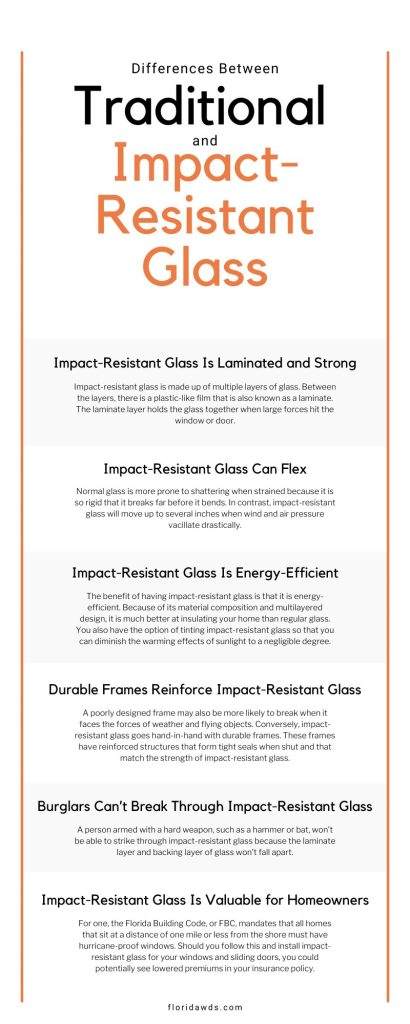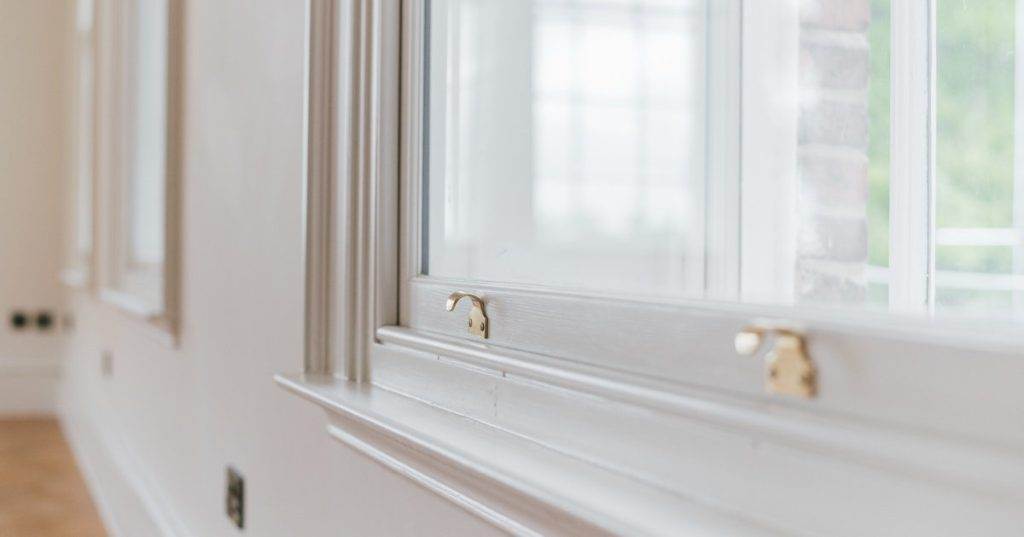Imagine this scenario: you live in an area prone to hurricanes and strong storms. You want to protect your home from potential damage caused by flying debris, but you’re not sure whether impact film or impact windows would be the better option for you. In this article, we will explore the key differences between impact film and impact windows, helping you make an informed decision to keep your home safe during extreme weather conditions.
What is the difference between impact film and impact windows?
When it comes to protecting our homes and businesses from severe weather and potential break-ins, impact film and impact windows are two popular options. Both solutions are designed to provide added security and enhance the safety of a building, but they differ in materials, installation methods, performance, and cost. In this article, we will explore the key differences between impact film and impact windows to help you make an informed decision based on your specific needs and preferences.

This image is property of info.alcoimpact.com.
Definition of impact film and impact windows
Impact film, also known as security film or window film, is a specialized adhesive film that can be applied to existing windows. It is typically made from layers of polyester film that are bonded together with strong adhesives. Impact windows, on the other hand, are specially constructed windows made with laminated glass and a robust frame. They are designed to withstand strong winds, heavy impacts, and even forced entry attempts.
Materials
The materials used in impact film and impact windows vary significantly. Impact film primarily consists of multiple layers of polyester film, which are usually fortified with additional coatings for strength and durability. In contrast, impact windows are made with a combination of laminated glass and a sturdy frame, often constructed from materials like vinyl, aluminum, or fiberglass. The laminated glass is composed of two or more sheets of glass with a layer of polyvinyl butyral (PVB) sandwiched in between. This PVB interlayer is what gives impact windows their strength and ability to resist strong impacts.
Installation
Installing impact film is generally a simpler and less invasive process compared to installing impact windows. Impact film can be applied directly to the existing glass of windows, eliminating the need for window replacement. It involves thoroughly cleaning the glass, applying the film with a special adhesive, and securely smoothing out any air bubbles or wrinkles. On the other hand, installing impact windows requires removing the old windows and retrofitting the new ones into the existing openings. This task often involves hiring professional window installers and may require some modifications to the surrounding structure.
Protection against impact
Both impact film and impact windows are designed to provide protection against impacts from flying debris, hurricane-force winds, and potential forced entry attempts. Impact film creates a strong bond with the glass, holding it together when shattered and preventing it from scattering into dangerous shards. While impact film does provide an added layer of protection, it may not be as effective against large and heavy objects. Impact windows, on the other hand, are specifically engineered to withstand high-velocity impacts. The laminated glass in impact windows is designed to break but remain in place, ensuring debris and intruders are kept out.

This image is property of www.floridawds.com.
Energy efficiency
Energy efficiency is an important consideration for any homeowner or business owner. Impact film offers some degree of energy efficiency by reducing heat transfer and blocking harmful UV rays. However, its effectiveness may vary depending on the quality of the film and the installation. Impact windows, on the other hand, offer superior energy efficiency due to the insulating properties of the laminated glass and the airtight seal created by the frame. They can help reduce energy consumption by minimizing heat loss or gain, resulting in potential savings on heating and cooling costs.
Sound insulation
If you live in a noisy environment or near busy streets, sound insulation may be a factor to consider. Impact film can provide some level of noise reduction by adding an additional layer to the glass surface. However, impact windows are typically more effective at reducing exterior noise due to the thickness and insulating properties of the laminated glass. The multiple layers of glass and the interlayer help dampen sound vibrations, creating a quieter and more comfortable indoor environment.

This image is property of info.alcoimpact.com.
Aesthetics
For many homeowners, the appearance of their windows is an important consideration. Impact film offers a range of options for customization, including different shades, tints, and decorative patterns. It can also be easily removed or replaced if desired. Impact windows, on the other hand, may have fewer aesthetic options but offer a more integrated and seamless look. The frames of impact windows are available in different finishes and can be designed to complement the overall architectural style of a building.
Maintenance
Maintenance requirements can vary between impact film and impact windows. Impact film requires minimal maintenance, typically limited to regular cleaning with a non-abrasive cleaner to prevent the build-up of dirt or debris. However, the film may need to be periodically replaced if it becomes damaged or begins to peel. Impact windows, on the other hand, generally require similar maintenance to standard windows. Regular cleaning and inspection of the frames, glass, and weatherstripping are recommended to ensure optimal performance and longevity.

This image is property of cgiwindows.com.
Cost
Cost is an important consideration when choosing between impact film and impact windows. Impact film is generally more cost-effective than impact windows, especially when compared to replacing all the windows in a building. The price of impact film installation will depend on the size of the windows and the quality of the film used. Impact windows, on the other hand, can be a significant investment due to the cost of the windows themselves, installation labor, and potential modifications to the surrounding structure. However, it’s important to consider the long-term benefits and potential savings on energy costs and insurance premiums that impact windows can provide.
Building code requirements
When it comes to securing a building, it is essential to comply with local building codes and regulations. Impact film may or may not meet the specific requirements for hurricane protection and impact resistance, depending on the code in your area. It’s crucial to research and consult with local authorities or professionals to ensure that impact film meets the necessary standards. In contrast, Impact windows are typically designed and tested to meet or exceed the strict building code requirements for hurricane zones and areas prone to severe weather conditions.
In conclusion, both impact film and impact windows offer enhanced protection and security for buildings, but they differ in materials, installation methods, performance, aesthetics, and cost. Impact film is a more cost-effective option that can be easily applied to existing windows, while impact windows provide superior protection against impact, better energy efficiency, improved sound insulation, and a more seamless aesthetic. Ultimately, the choice between impact film and impact windows depends on individual needs, budget, and building code requirements.

This image is property of www.aspwindows.com.
